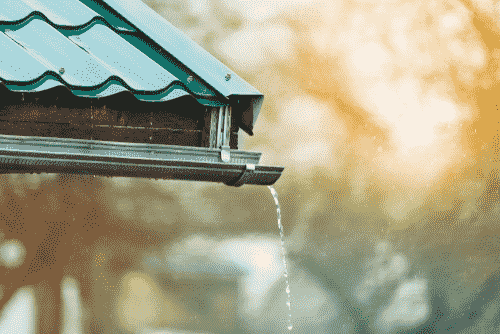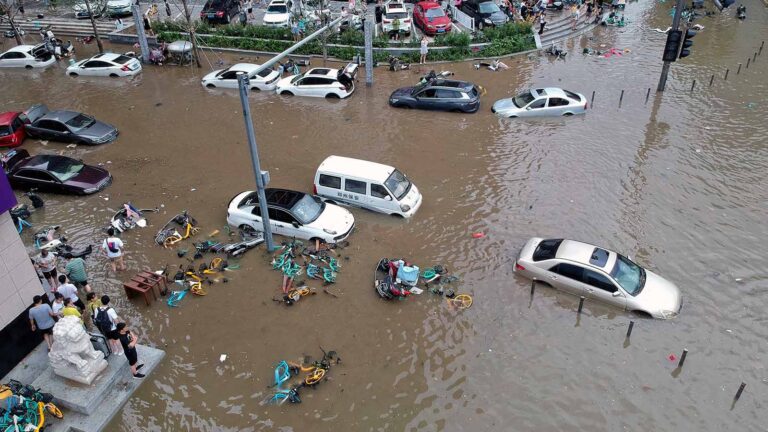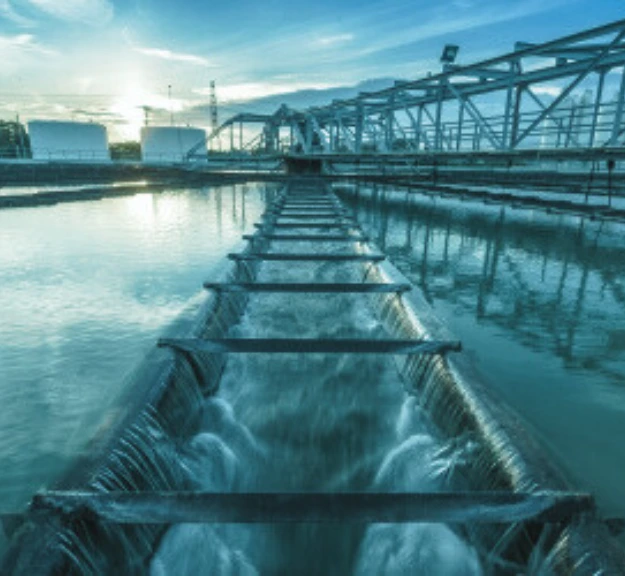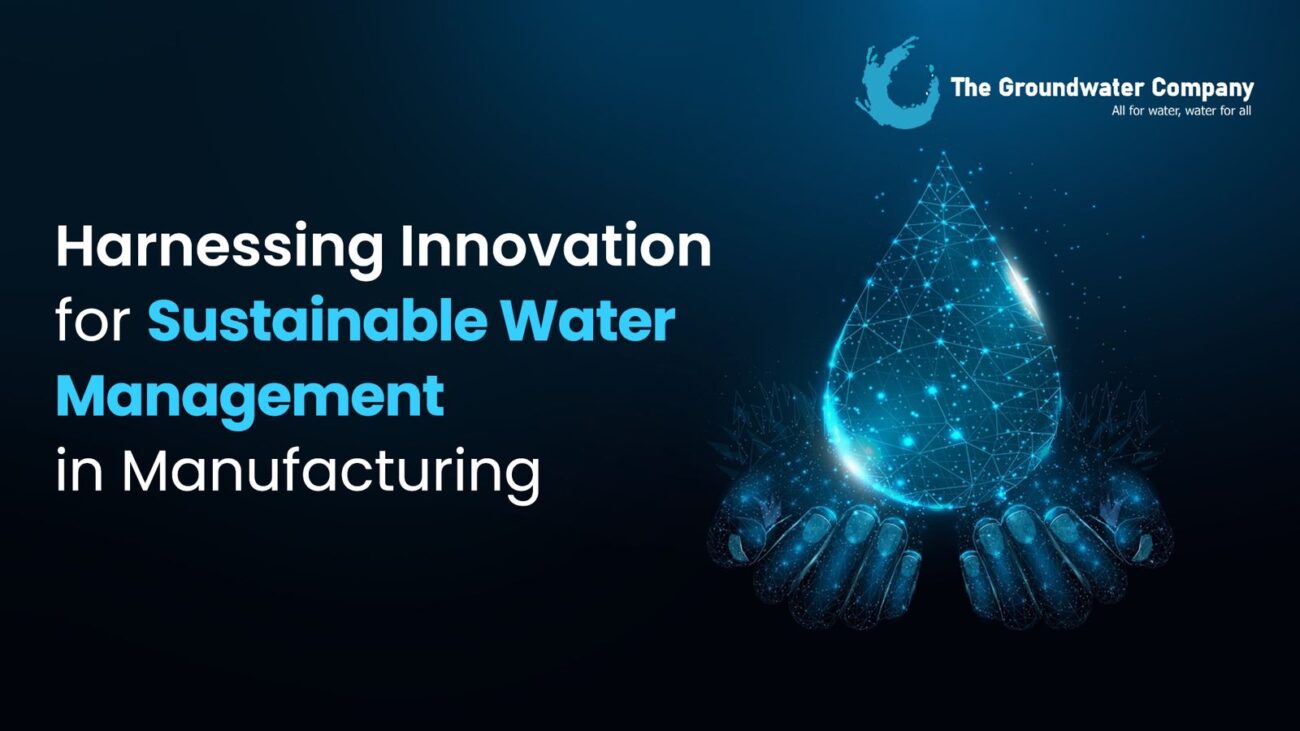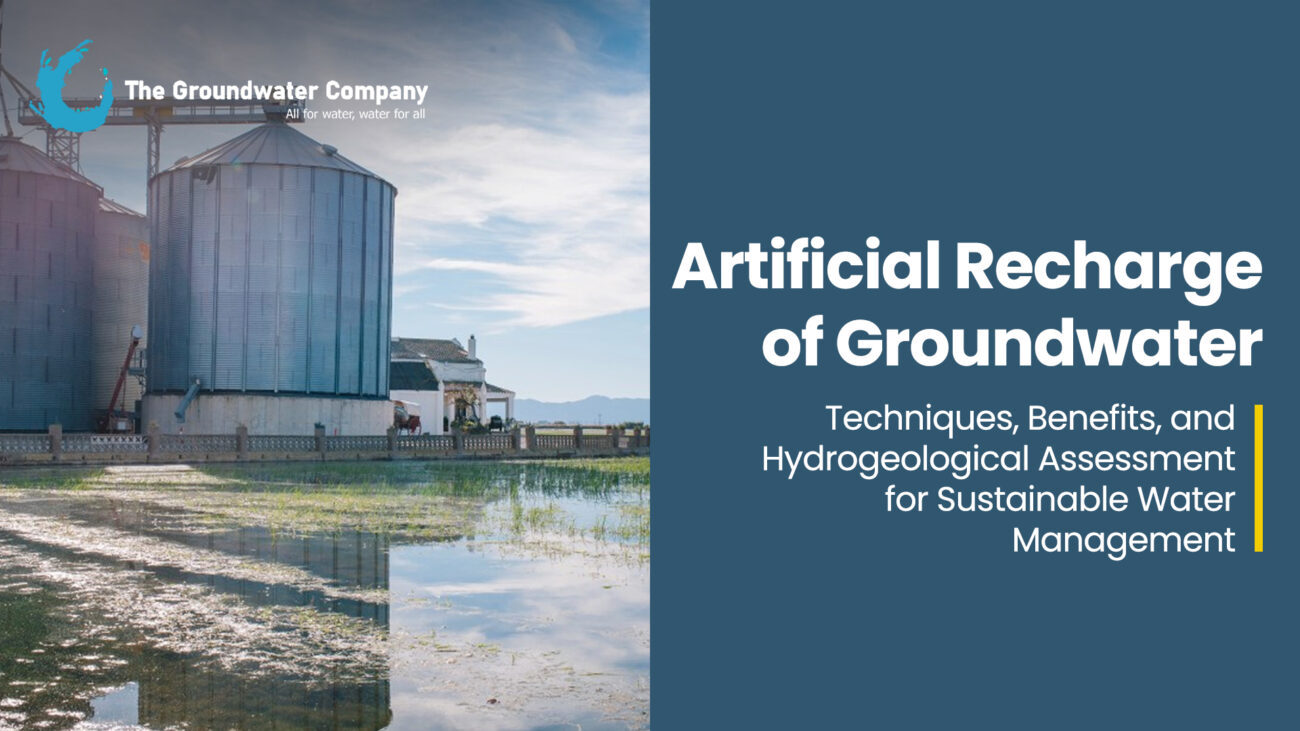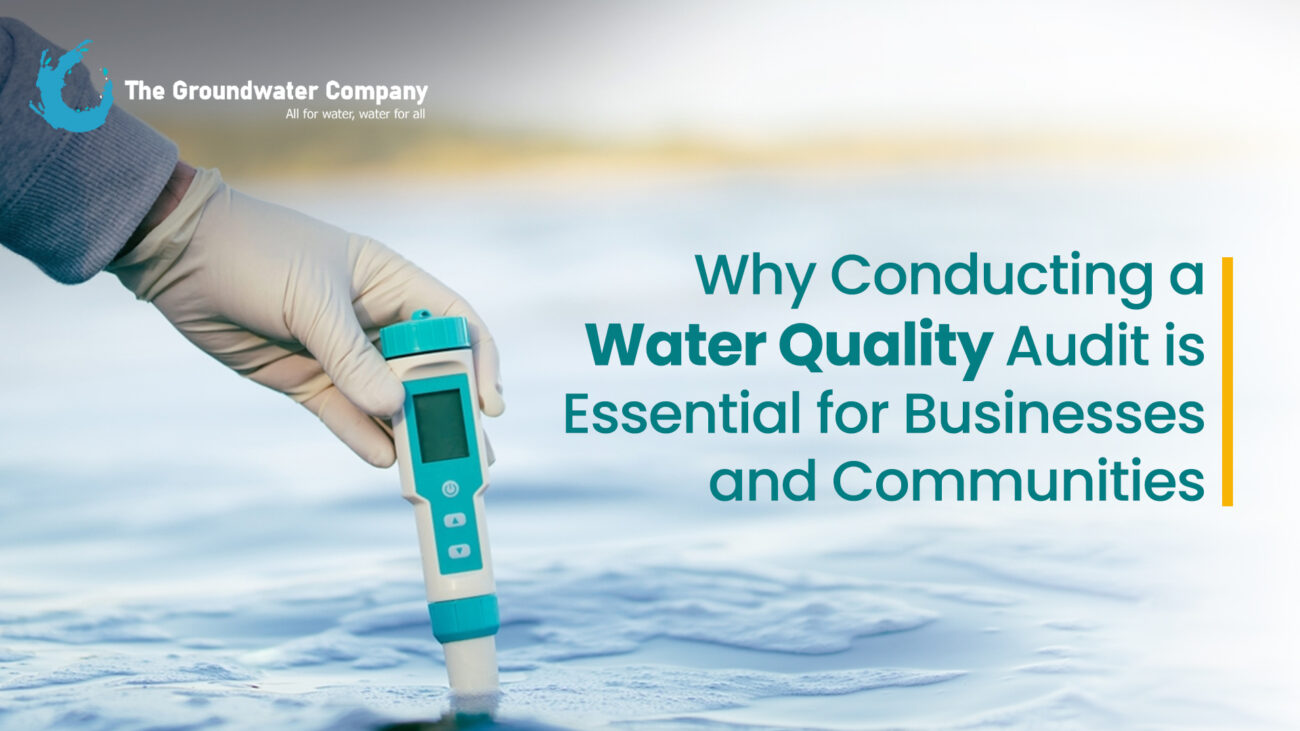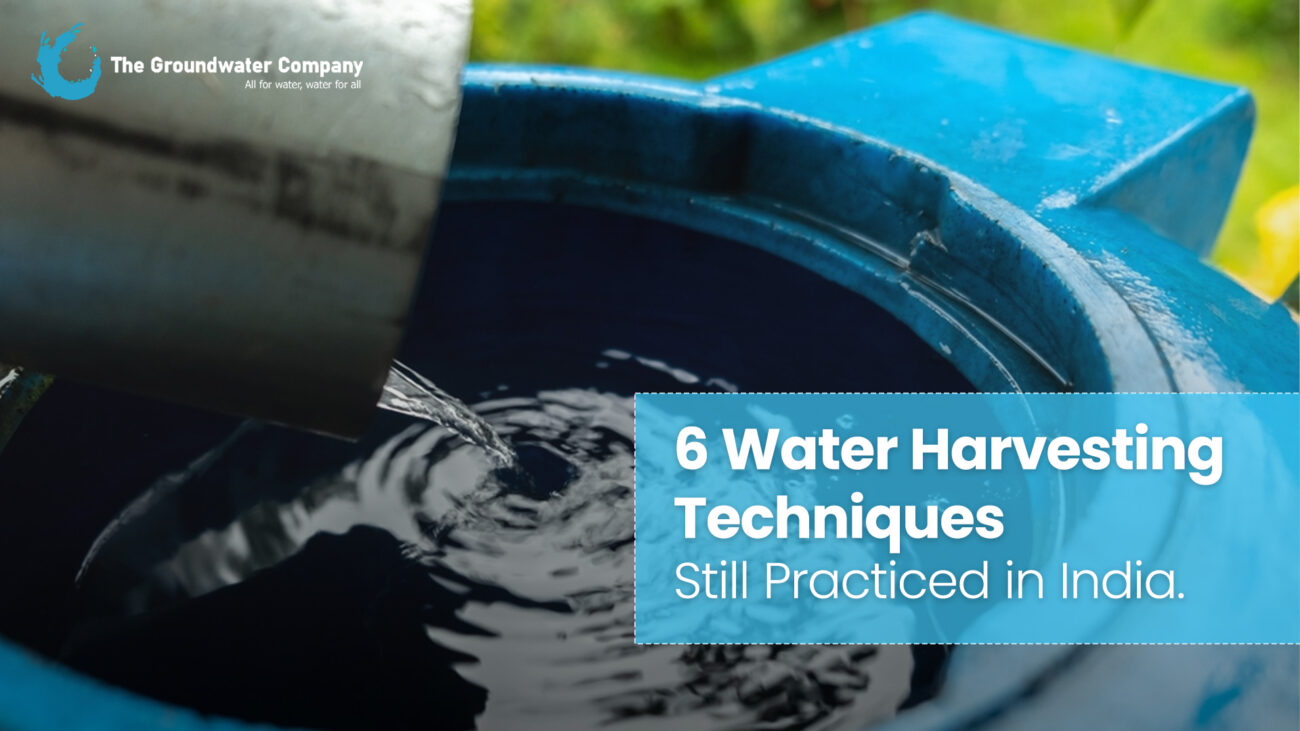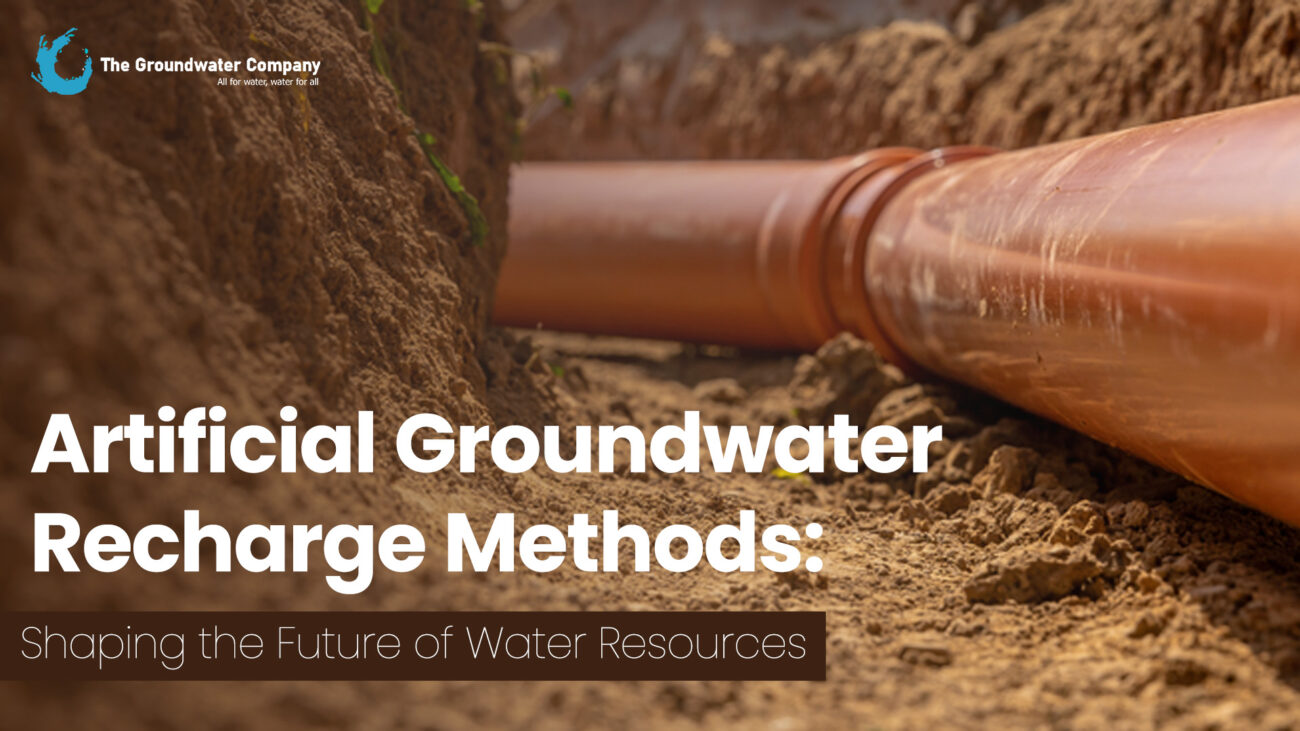Flooding is one of the most devastating natural disasters, causing billions of dollars in damage to homes, businesses, and infrastructure every year. Whether you’re a homeowner, a business owner, or managing a construction project, implementing effective flood risk mitigation strategies is crucial. This blog delves into various flood mitigation solutions, covering everything from structural flood mitigation for buildings to flood protection for construction sites and critical infrastructure.
Understanding Flood Risk
Flood risk depends on factors like geographic location, climate conditions, and infrastructure vulnerability. With urbanization and climate change increasing the frequency of extreme weather events, many regions are at a higher risk of flooding. Flooding can be particularly disastrous for construction projects, as delays caused by water damage can result in massive financial losses and project disruptions.
Causes of Flooding in Urban and Construction Areas
- Heavy rainfall and storm water runoff: These are primary causes of flooding, overwhelming drainage systems.
- Inadequate drainage infrastructure: When drainage systems aren’t built to handle heavy rain, it results in waterlogging.
- Nearby rivers or water bodies: Construction near rivers or coastal areas is especially prone to floods.
Did You Know?
- In India, around 12% of the country’s land is prone to flooding, affecting millions of people every year.
- Flooding costs Indian industries an estimated ₹1,800 crores annually due to damages and delays.
Flood Risk Mitigation for Homes and Businesses
Implementing flood mitigation solutions in both residential and commercial settings is key to minimizing damage and recovery time.
- Floodproofing Methods: Waterproofing and sealing your property can keep water from entering during a flood. Common floodproofing methods include installing water barriers, waterproof coatings, and sump pumps.
- Structural Flood Mitigation: Modifying the structure of buildings to withstand flooding is a long-term solution. For example, elevating buildings or strengthening foundations can significantly reduce flood damage.
- Floodwalls and Barriers: Installing floodwalls and modular flood protection systems around properties can serve as a strong defense against rising water. These barriers can be permanent or portable flood barriers that are quickly deployed when needed.
Flood Mitigation for Industrial Sites and Critical Infrastructure
Critical infrastructure flood mitigation is vital for ensuring the uninterrupted operation of facilities like hospitals, data centers, and manufacturing plants. Industrial sites are especially vulnerable to flood damage, which can cause safety hazards, equipment failure, and environmental contamination.
- Flood Mitigation for Industrial Sites: Factories and warehouses near rivers or coastal areas need robust flood control systems. Installing temporary flood barriers around these sites during the monsoon season or flood-prone periods can prevent water from damaging machinery and supplies.
- Flood Mitigation for Commercial Properties: Commercial properties such as shopping centers or office buildings can also benefit from flood prevention strategies like floodwalls, drainage improvements, and real-time flood risk analysis.
Flood Risk Mitigation for Construction Sites
Flooding on construction sites can cause delays, increase costs, and pose serious safety hazards. Protecting sites from floods is critical to ensuring the project remains on schedule and within budget.
- Construction Flood Barriers: Temporary flood barriers or construction site flood protection measures help prevent water from entering areas under development.
- Flood Risk During Construction Projects: Managing flood risks early in a construction project can prevent delays. Builders should conduct thorough flood risk analysis and implement cost-effective flood mitigation measures.
- Modular Flood Protection Systems: Modular barriers are customizable flood barriers that can be set up as needed, offering flexible protection against flooding without impacting construction timelines.
Floodproofing Critical Infrastructure: Essential for Urban Resilience
Flooding can cripple essential services and disrupt city life. Protecting critical infrastructure, such as roads, bridges, hospitals, and power plants, from flooding ensures that these facilities continue to function even during a flood event. Governments and private sector stakeholders must prioritize flood protection for critical infrastructure, including flood mitigation for industrial sites and power grids. These protections prevent catastrophic failures that can affect entire communities.
Did You Know?
- According to the World Bank, flooding accounts for 43% of all natural disasters in India, making flood risk management a national priority.
- Floods cause an average annual loss of ₹1 lakh crores globally, underscoring the need for proactive measures to manage flood risks.
Cost-Effective Flood Mitigation Solutions
When considering flood mitigation, cost is a major factor. While some methods like floodproofing buildings and installing floodwalls can be expensive upfront, they save money in the long run by preventing flood damage. For businesses, protecting inventory and infrastructure from floodwaters can prevent major financial losses.
Some cost-effective flood mitigation strategies include:
- Portable Flood Barriers: These are an affordable solution for properties that need temporary protection from rising water. They can be easily stored and deployed when necessary.
- Improving Drainage Systems: Regular maintenance and upgrades to your property’s drainage system can significantly reduce flood risk without large upfront costs.
- Rain Gardens and Permeable Pavements: These natural solutions absorb rainwater and reduce runoff, preventing flooding in urban areas.
Preventing Construction Delays Due to Flooding
For contractors, preventing delays caused by flooding is essential to staying on schedule and on budget. Flood protection for contractors involves proactive planning, including flood risk management and the installation of construction flood barriers during vulnerable phases of the project. By investing in proper flood damage prevention methods, contractors can protect materials, equipment, and timelines from unexpected disruptions.
Interesting Facts:
- A study by the United Nations estimates that every $1 invested in flood risk reduction can save $7 in recovery costs.
- India’s flood-prone areas have increased by 50% over the past two decades, primarily due to unplanned urbanization.
Conclusion: Effective Flood Risk Mitigation Solutions
From wet basement solutions to critical infrastructure flood mitigation, preventing flood damage is essential for protecting property and avoiding costly repairs. Whether you’re a homeowner looking to safeguard your basement, a business owner protecting your inventory, or a contractor trying to prevent construction delays, there are floodproofing methods and flood risk management strategies available to suit your needs. Investing in cost-effective flood mitigation solutions today can prevent significant damage and financial losses in the future.
Want to protect your property or project from flooding? Contact The Ground Water Company for expert consultation on flood risk analysis and customizable flood protection systems. Let us help you mitigate flood risks and safeguard your investments!



